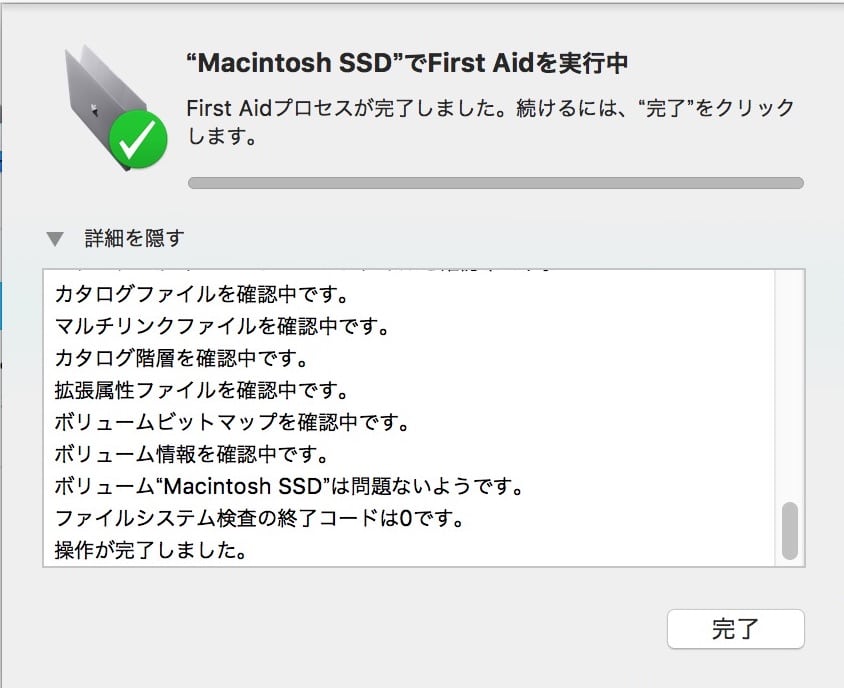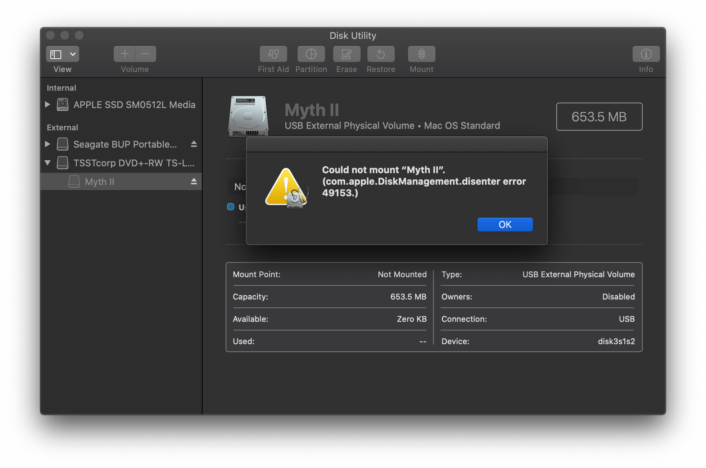

(FAQ at above site, not updated since 2000).How it does this, and what limits and features it has, depends on the particular file system in use.
#Hfs file system mac lba software
So in summary a file system is a piece of software that stores data on and retrieves data from a physical storage medium. To later retrieve the file, the file system will consult it's index or table to get a list and order of the blocks that contain the appropriate data and then go and collect the contents of those blocks and rebuild the file. When a file system stores a file, it determines how many blocks will be needed to store the file, splits the file's data into the appropriate number of pieces and writes them to the various blocks and records in an index or table what blocks contain the parts of the file and in what order they were saved in. For example, a file system may create 2,048 byte blocks made up of four 512 bytes sectors on a hard drive's physical platter. A file system logically "collects" one or more of these sectors into an addressable ' block'. Most (all?) storage devices use ' sectors' which are small addressable units of space on their medium that actually store the binary data that makes up a file. It determines how files and directories are stored, retrieved, sorted, protected and recovered. Until then, you've been warned.Ī file system is a logical way of storing data on a storage medium. DO NOT USE THIS AS AN AUTHORITATIVE DOCUMENT! This warning will be removed only when the author(s) feel the document is as accurate as possible. It is far from complete, and almost certainly contains errors, omissions and mistakes.
#Hfs file system mac lba mac os
More advanced disk format compatible with Mac OS 8.This is currently a living document. Volumes, especially if they contain numerous small files, accumulate

In this case, no matter how small a file is, it will always beĪllocated at least 16KB of space. Thus, the size of each allocation block of a 1GB (i.e., 1024MB)ģ2 * 512 is approximately 16KB (or 32 512-byte logical blocks) Minimum file size, use this formula: Volume size (in megabytes ) * 2000 = Aī * 512 = minimum file size (rounded to the nearest 512-byte logical block) To determine the allocation block size of a volume, and thus its The larger a volume is, the larger its minimum file size will be.The absolute maximum number of files on a volume is 65,356. An allocation block can store information for only one file, so.Regardless of its size, a volume cannot have more than 65,356Īllocation blocks. Because HFS uses a 16-bit address to store and locate data, The size of an allocation block (whichĬonsists of one or more logical blocks) depends on the size of the Logical blocks, the basic storage units of a drive, areĪlways 512 bytes. There are two kinds of blocks on an HFS volume: logical andĪllocation. Each folder may contain up toģ2,767 files volumes on recent OS versions and computer models may be HFS supports a directory (i.e., folder) tree and much larger volumes Kilobyte (KB) floppy disks used in the Macintosh 128K and 512K models, Unlike MFS, which was designed for the 400 HFS (Hierarchical File System), also known as the Macintosh Standardįormat, is a volume format introduced in 1985 to replace MFS Information here may no longer be accurate, and links may no longer be available or reliable. This content has been archived, and is no longer maintained by Indiana University.


 0 kommentar(er)
0 kommentar(er)
